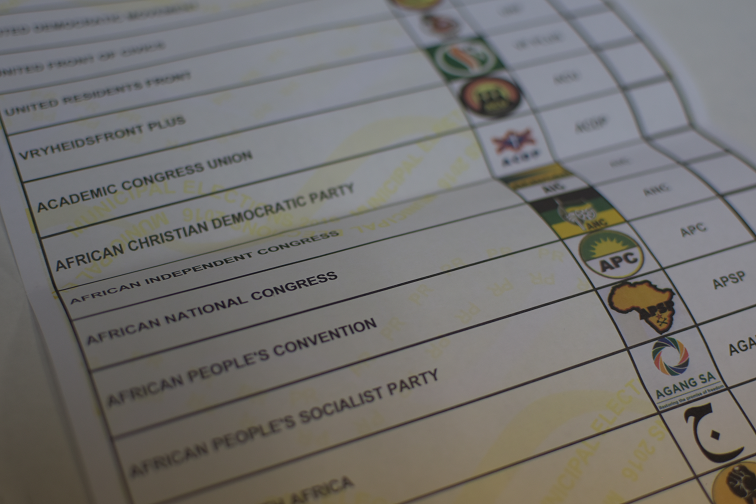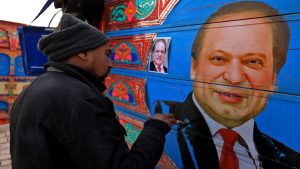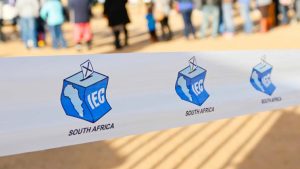By Terry Tselane, Executive Chairman of the Institute Election Management Services in Africa (IEMSA)
When the Independent Electoral Commission (IEC) announced that 48 political parties would be on the national ballot of parties contesting the 2019 National election there was excitement everywhere with some lauding this as democracy in action.
There are some in our society who equate the high number of parties participating in an election with the vibrancy of a democracy. This may well be so, but the number of parties on a ballot cannot on its own be a sufficient indicator of a vibrant democracy. Rather the high number of citizens participating in an election may be one of the most important measures to ascertain the strength and depth of a democracy.
The high number of parties participating in the 2019 National and Provincial elections will however pose a very serious challenge for the IEC. During the 2014 election there were 29 political parties on the national ballot compared to 48 parties in the 2019 election. The number of parties participating at a provincial level has also doubled.
The net effect of this is that the ballot papers will be a lot longer compared to the previous elections. This will logically have implications for the amount the IEC would have to pay for the ballot papers as printing companies would presumably be reluctant to absorb such costs.
The length of the ballot paper would also have implications for the size and the number of ballot boxes to be acquired. There is only so much that the officials of the IEC can do to push and compress the ballot papers to create more space in a ballot box; ultimately the box will give in and create even bigger problems for the IEC which will therefore have to acquire more ballot boxes in order to accommodate this new reality.
I think the IEC would have to be more innovative on this one, instead of running to National Treasury. I wish to suggest that the Commission should consider approaching neighboring countries such as Mozambique and Lesotho to lease their ballot boxes. This could be done at no cost to the Commission.
The high number of political parties on a ballot paper will have further implications to the voter. This will be complicated by the fact that the logos and symbols of parties would have to be compressed and made even smaller in order to accommodate this myriad of parties in a single page ballot. The lead time it will take for a voter to identify their party on the ballot paper and casting a vote will be much longer.
When a voter takes a long time in a ballot booth there will be a delay in the voting process. This may consequently lead to long queues at voting stations. When queues are longer, voters become restless. This will be taking place against the backdrop of a lower registration figure as compared to the previous elections. The registration figure for the 2014 elections stood at 80.8% and for 2019 the figure has dropped to 74.6%. The unintended consequence of long queues may further impact on voter turnout further exacerbating the situation.
The counting officers of the IEC are probably also going to have a torrid time counting the national and provincial ballot papers of a greater number of parties. Counting will therefore be slower and a much longer process. Given the fact that the logos and symbols of parties would have to be compressed and made smaller to fit in a single page ballot, counting will be slower. This situation may create an environment where there could be errors during counting, making it even harder for the IEC officials to do reconciliation of the results. In an ideal situation, counting would be conducted by a fresh team of officials, but this task, due to budgetary constraints, often has to be performed by the same team that was responsible for voting during the day.
In my view the new situation that has arisen with the number of political parties participating in the elections doubling has imposed a new imperative in our country. We must now move away from manual voting to electronic voting.
I believe that given our environment the most suitable system would be a touch screen similar to an ATM machine used by the banks. This machine must produce a “receipt” indicating the party that a voter have voted for, and the Presiding officer must stamp the back of such a paper to authenticate it before a voter deposits it in the ballot box. Counting would have happened at the time a voter touches the screen. The “receipts” would only be counted if there is a dispute.
The current situation is unsustainable and will lead to contested election results and thereby cause irreparable damage to the image of the IEC and its hardworking officials. The IEC is our national heritage and treasure that we must all protect. We must use our collective intelligence as a country to find innovative ways of making its work easier.
Terry Tselane is the Executive Chairman of the Institute Election Management Services in Africa (IEMSA) and a former vice chairperson and commissioner of the Independent Electoral Commission of South Africa.






